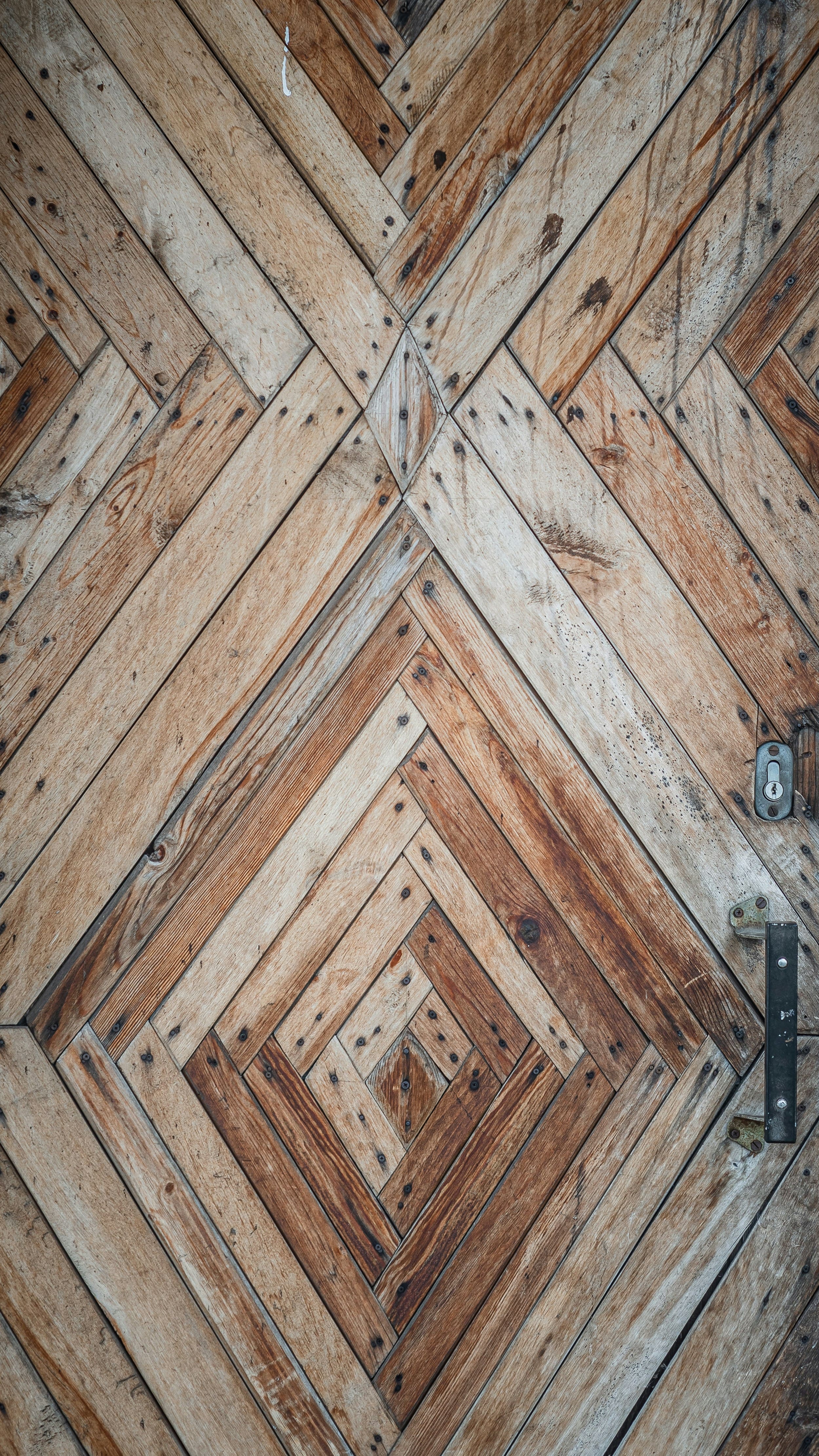
Innovative Sustainable Materials for Indoor Doors: Opening the Path to Eco-Friendly Interior Design
Innovative Sustainable Materials for Indoor Doors: Opening the Path to Eco-Friendly Interior Design
In today's environmentally conscious era, sustainable living isn't just a trend – it's a crucial movement reshaping industries and consumer behaviors. As homeowners strive to reduce their footprint, interior spaces are being reimagined with innovative materials that are both eco-friendly and stylish. While sustainable living spreads its roots through various home aspects, the focal point of this discussion is the innovative sustainable materials that can enhance the look, feel, and eco-credentials of indoor doors.
The Drive for Sustainability in Home Design
Sustainable materials are fast becoming staples in the realm of home design. With the recognition that the construction and operation of buildings contribute significantly to environmental issues, a shift towards using more sustainable options is a positive step. This cultural shift is powered by a global effort to reduce pollution, waste, and reliance on non-renewable resources.
Home interior elements, such as doors, play a significant role in minimizing a household's environmental impact. They offer a canvas for sustainability, where homeowners can choose materials that make a difference beyond the aesthetics of their living spaces.
Bamboo: The Wonder Grass
Bamboo doors are celebrated for their remarkable strength, flexibility, and rapid growth cycle. As the fastest-growing plant on the planet, bamboo can be harvested within 3-5 years, significantly faster than traditional hardwoods that can take decades to mature. Its tensile strength rivals that of steel, making it an ideal substitute for traditional door materials. Incorporating bamboo doors supports sustainable forestry, while the natural beauty of bamboo grain patterns can elevate the visual appeal of any interior layout.
Cork: Soft and Sturdy
Cork doors might not be the first choice for many, but this material boasts a unique set of properties that make it an excellent choice for indoor doors. Sourced from the bark of the cork oak tree, the harvesting process doesn’t harm the tree, allowing for renewable extraction. The spongy resilience of cork provides excellent soundproofing and insulation, making it suitable for transitional spaces like bedrooms and bathrooms. Its natural textures lend a soft, earthy charm to door designs that traditional materials can't match.
Reclaimed Wood: A New Lease of Life

Reclaimed wood doors are crafted from repurposed timber – from barns to warehouses, and even old homes. By giving old wood a new purpose, these doors reduce the demand for fresh timber and prevent still-usable materials from ending up in landfills. The character that comes with aged wood, combined with the sustainability aspect, gives interiors a warm, timeless ambiance that resonates with many design styles.
Recycled Glass: A Transparent Choice
Glass doors offer a unique way to add light and a sense of spaciousness to interior settings. When manufactured from recycled glass, these doors divert waste from the environment and require less energy to produce, compared to new glass items. They also incorporate well into modern and minimalist designs, amplifying natural light and the sense of openness within a living space.
Plant-Based Plastics: A Growing Trend
Polymers derived from plants, such as maize or sugar cane, are increasingly used in the production of synthetic materials. Bioplastics can offer effective alternatives to traditional petroleum-based plastics, with some having similar durability and lifespan. Bioplastic doors are starting to hit the market, providing particularly creative and customizable solutions for contemporary spaces.
Environmental and Aesthetic Payoffs
When it comes to the environmental impact of indoor doors, sustainable materials offer tangible benefits. Carbon footprint reduction, conservation of natural resources, and the support of responsible manufacturing processes are just a few of the rewards gained from choosing eco-friendly options.
But the appeal of these materials does not stop with environmental benefits. Sustainable indoor doors can significantly enhance the aesthetic appeal of a home, often providing unique textures and patterns that are impossible to replicate with non-sustainable alternatives. They present opportunities to create living spaces that are as beautiful as they are earth-conscious.
Building the Future, One Door at a Time
Installing and maintaining sustainable indoor doors deserves careful consideration to ensure their longevity and maximize their eco-friendly advantage. Proper installation techniques that prioritize energy efficiency and material protection can lead to a durable, high-performing door that requires minimal upkeep.
Maintaining these doors should involve using eco-friendly cleaning agents whenever possible, knowing that indoor chemicals can impact the environment. Routine care and maintenance will help sustain the doors' visual appeal and ensure they endure as long as the commitment to sustainability.
Walking Through Examples
Visualizing the impact of sustainable doors can be just as powerful as knowing the data behind their production. A showcase of homes that have integrated these innovative materials into their design offers a glimpse into the harmonious blend of form and function. These spaces are not just showcases of style but also living testaments to the possibility of tasteful, sustainable living.
In Conclusion: Sustainability Through Every Door
The environmental benefits of sustainable indoor doors are a pressing need in our modern world. Their appeal, however, is rooted in the charm and character they can bring to a home, making them coveted features in the eyes of eco-conscious homeowners and interior designers alike. As we continue to weave sustainability into the fabric of our daily lives, our doorways offer a compelling starting point for change – an entrance to a more conscientious and comforting future.
